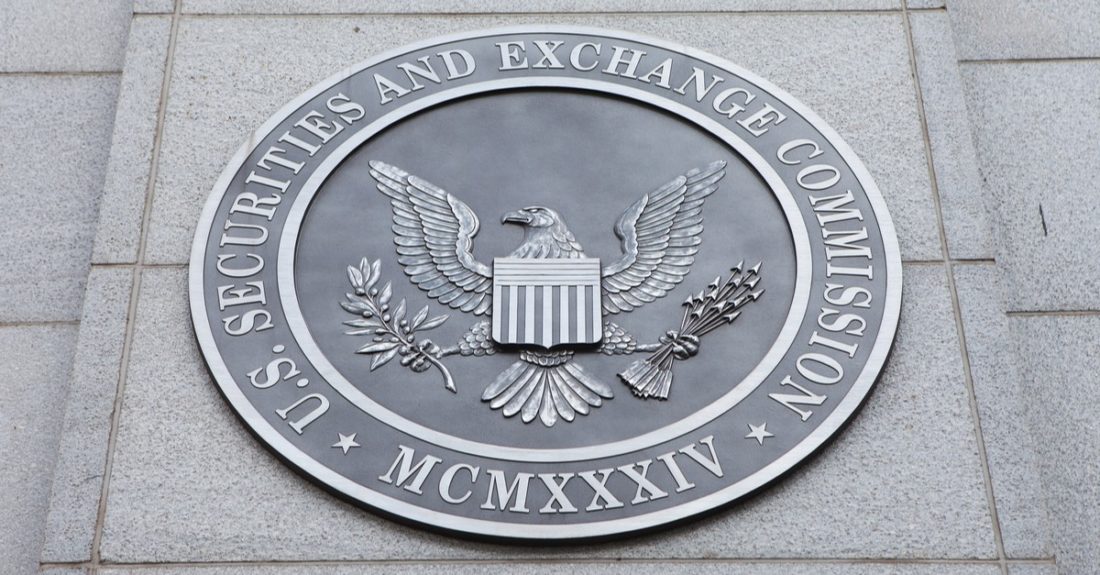STO stands for secutity token.kind of ICO, however in the case of STO issuedthe coin is actually a security, and this means that the placement process and the issuer are subject to the regulation of the securities law in the country where the STO is conducted.
How did we get here?
The world of crypto tokens is still asome wild territory, especially when it comes to regulation. We often see not only new tokens with intriguing features, but also various concerns expressed about this variety, as well as attempts by regulators to somehow curb the growing market.
We are not the first to hear about attempts to get aroundregulation when it comes to cryptographic tokens. In fact, not so long ago, the ICO technical documentation tried in every possible way to make clear that the crypto token that it accompanied was not a security and the relevant laws did not apply to it. Of course, there was nothing surprising in this, given that the issue of securities is very burdensome both in terms of cash costs and the procedure itself.
This idea is the idea that regulation shouldcategorically avoid, until recently corresponded to the general sentiment in the crypto community. After all, crypto tokens were once introduced and supported by the so-called cyberpunks at a time when the word «crypto» real madness was playing out, fueled by the dream of overnight becoming a millionaire.
However, over time the state of thingstook an increasingly serious turn. Firstly, regulators began to take a keen interest in the world of cryptocurrencies, which, in turn, attracted public attention to it, raising issues related to the protection of investments. Secondly, ICOs, especially after the dizzying ups and downs of theDAO, have established themselves as an easy and effective, and at the same time quite dangerous alternative fundraising mechanism, implemented in the shortest period of time. These two factors have shifted the approach to ICO from anti-regulatory to pro-regulatory. This tendency was manifested in the fact that ICOs began to be regulated and in accordance with applicable rules.
Pros and Cons: ICO vs. STO
The first thing to mention is that STOare regulated, and regulation involves additional costs. In addition, the complexity of STO regulation also limits the global availability of [token]. On the other hand, regulation removes from the ICO an unsightly image of risky and manipulative investments. Thus, ICOs are becoming attractive to a wider group of investors, from individual to regulated giants. In the end, STO provides us with a cross between an ICO, on the one hand, and traditional securities, on the other.

theDAO and SEC entry into the game
Perhaps the biggest step towardsSTO was hacked by theDAO and the subsequent report, released by the SEC (U.S. Securities and Exchange Commission) in September 2017. In this report, the US financial regulator applied the so-called Howie test to the ICO, which became a guide to deciding whether this instrument is an investment contract in accordance with US securities regulation. This test was put into circulation after the completion of one case dated 1946 by the US Supreme Court, and today it has established itself quite well. As a result, the SEC decided that theDAO tokens are considered investment contracts and, therefore, are nothing but securities.
SEC decision regarding theDAO was enoughsharp step. However, this step has contributed to creating a safe and predictable legal environment for ICOs. In other words, those ICOs that were conducted in the USA were now regulated.
STO spread
The US is not alone in creating a legal environment for STO. FINMA has already published guidelines regarding ICOs according to which cryptocurrencies were classified into three categories: payment tokens, utility and assets. FINMA states that asset tokens should be treated as securities, which means that the asset token ICOs are in fact STOs.
A number of EU members are participating in the development of STO. Naturally, the issue of securities within the EU member state automatically launches a harmonized mechanism for applying the rules for securities, in particular the special prospectus of the EU. One example is Estonia. EFSA accepts applications for secutity token offers that are compatible with EU law. Also not so long ago, the German BaFin management for the first time approved the first STO - from Bitbond. The advantage of holding an STO in the EU is that by following the rules of the EU Prospectus, you can easily get access to other EU member states.
Where are we going?
ICOs have made tokenized assets popular,and now STO takes them to another level, where more complex products can be introduced under the protection of regulatory authorities. Naturally, in order for the STO mechanism to gain popularity in ICOs, offers of securities tokens must be available to the public. In the case of an ICO, this was achieved through exchanges. Thus, we can expect STO exchanges to come into play and seek regulatory approval for trading securities tokens.
More problematic areas, especially forAmerican lawyers are the regulatory uncertainty and complexity that may be associated with the spread of STO. In this sense, STO is both a step backward and a forward movement. Before initiating an STO, issuers must comply with local rules for the issue of securities, as well as the rules of other countries in which they intend to distribute their secutity token. This can be a daunting task, because in addition to the established rules for issuing securities around the world, new specific rules for cryptocurrencies are being introduced.
</p>




